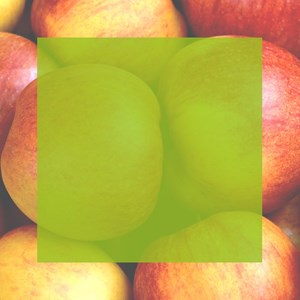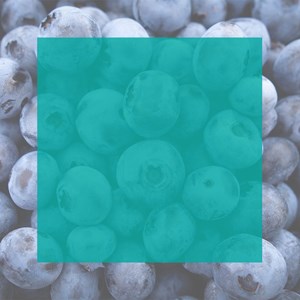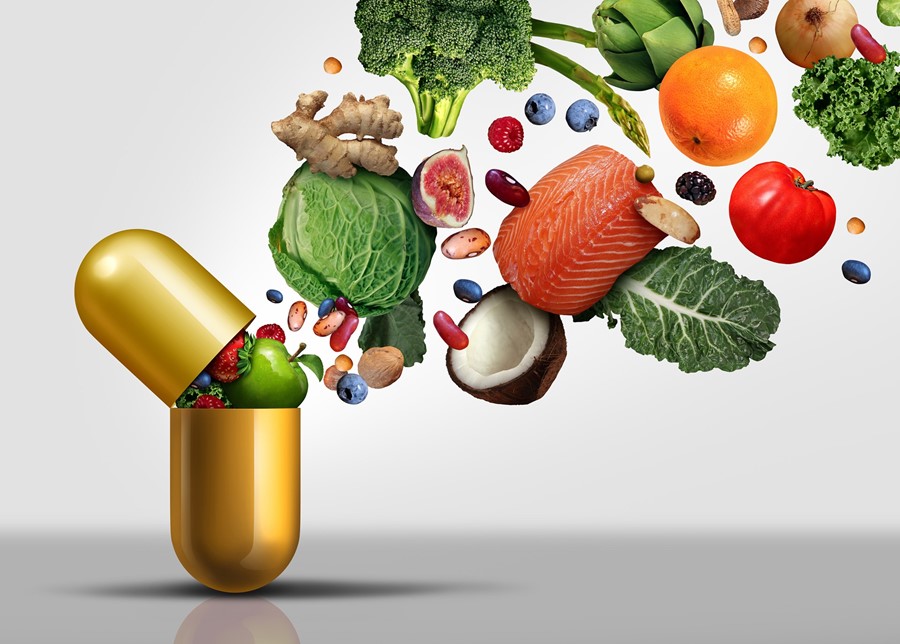- Petroleum extracts?
- Coal tar derivatives?
- Chemically processed sugars and acids?
You might be surprised to hear that the majority of vitamin supplements are made from these very ingredients. Synthetic vitamins, which make up almost the entire world’s supply of vitamins, do not exist anywhere in nature in live food, yet are often referred to as “natural”. They were originally developed by pharmaceutical companies because they were cheap.

Here are a few savoury examples for you:
- Vitamin B6: Petroleum ester and hydrochloric acid with formadehyde
- Vitamin B12: Cobalamins reacted with cyanide
- Vitamin C: Hydrogenated sugar mixed with acetone
- Vitamin D: Irradiated animal fat/cattle brains solvently extracted
Do They Work?
You are recommended to take them with food in the hope that they will bind to protein in your stomach and allow modest absorption, about 5% – 10%

Is There a Better Way?
Absolutely! Foodstate Vitamins are grown in food mediums that suit the particular vitamin, for example acerola cherries, alfalfa sprouts, carrots, yellow pea, nutritional yeast, citrus pulp and soy beans. The result is a fully-formed food nutrient identical in structure to that produced by the plant, allowing us to significantly better absorb, use and retain the nutrients compared to synthetic equivalents.






